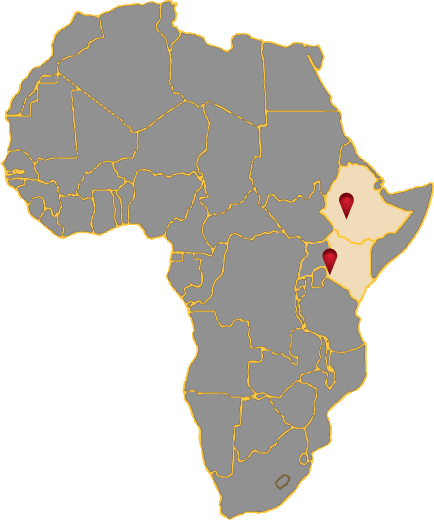 |
Saving Lives
By Jeff James
To see a person suffer is horrible, but to watch someone die of a treatable disease is unbearable. Yet this happens daily in the parts of Africa where we work. In these communities, quality health care is scarce, and recovery from a severe illness is rare. Every time someone gets better, it is a small miracle to celebrate.
I just returned from a visit to our project in Chiri, Ethiopia, the home of Lalmba’s Chiri Health Center (and the birthplace of coffee!). There I had the pleasure of going on rounds with our nurses and our volunteer medical director, Bob Roark.
Bob, a physician’s assistant from Denver, told me that visiting the inpatients, checking their vitals, and watching them progress to better health is what he enjoys most about this work. It’s the reason he got into medicine, to fight treatable disease in the poor.
Our hospital is very small, only 20 beds. Those who get admitted would most certainly die without our help. Quite literally, we are saving lives.
First stop, the SAM (Severe Acute Malnutrition) ward, the most heartbreaking place to visit. The children staying there are often close to death when they arrive, sick and weak.
Sadly, this ward is usually filled to capacity, and we are the only facility in the area that treats malnutrition.
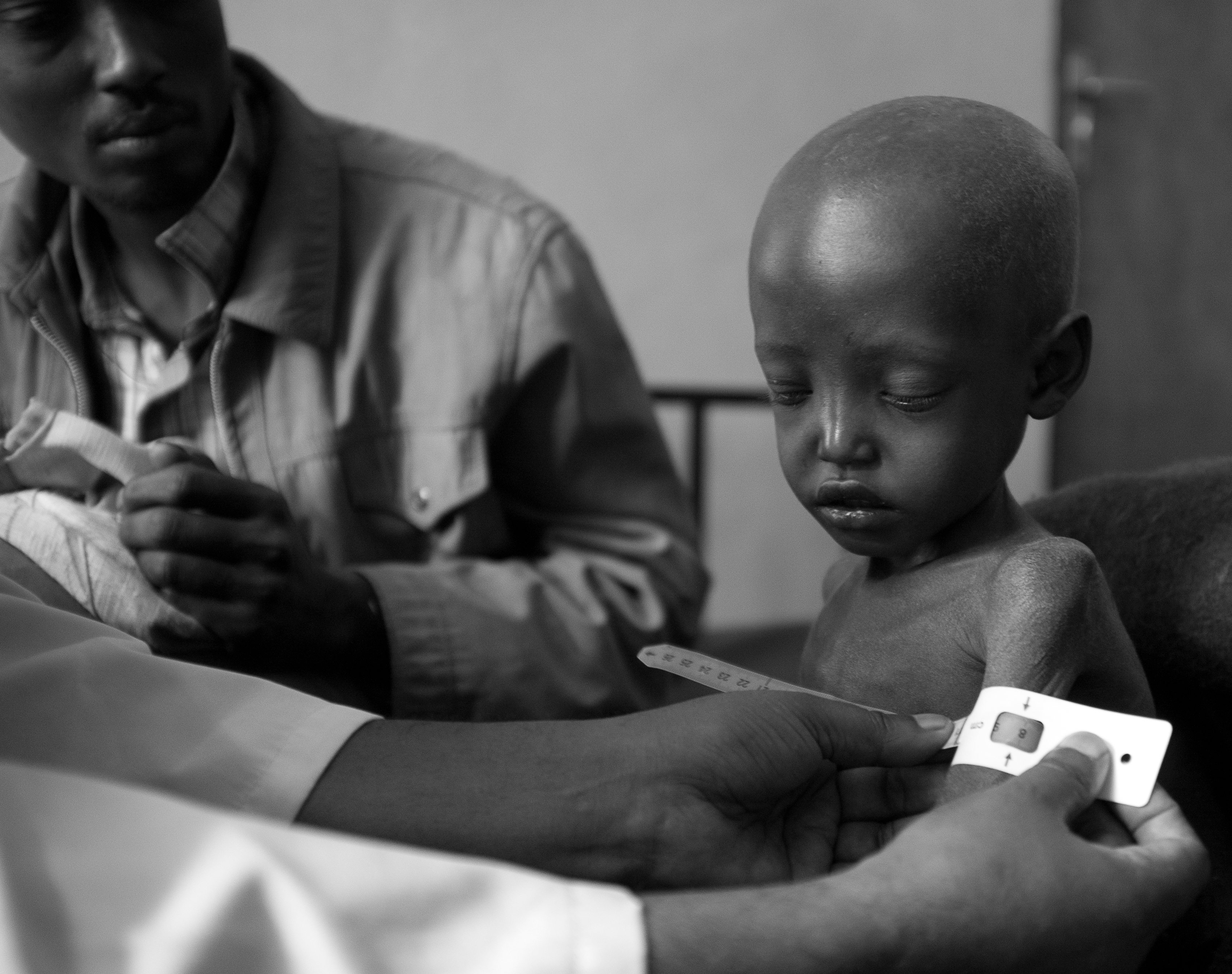 Of child deaths in Africa, 35% of them are related to malnutrition. It’s a huge problem where we are in Ethiopia. When a child is admitted into our program, we treat them for other illnesses while gradually upping their caloric intake, using a formula made at our health center. A critical element of our care is providing intensive education to the parent(s) on proper nutrition, so the malnutrition doesn’t recur.
Of child deaths in Africa, 35% of them are related to malnutrition. It’s a huge problem where we are in Ethiopia. When a child is admitted into our program, we treat them for other illnesses while gradually upping their caloric intake, using a formula made at our health center. A critical element of our care is providing intensive education to the parent(s) on proper nutrition, so the malnutrition doesn’t recur.
Also in the hospital this day, in our isolation ward, was a man with acute meningitis. He was admitted close to death, vomiting with a high fever. After 3 days of IV antibiotics, he was sitting up in bed with a faint smile on his face—a smile that spread throughout the room. Without Chiri Health Center he would have died.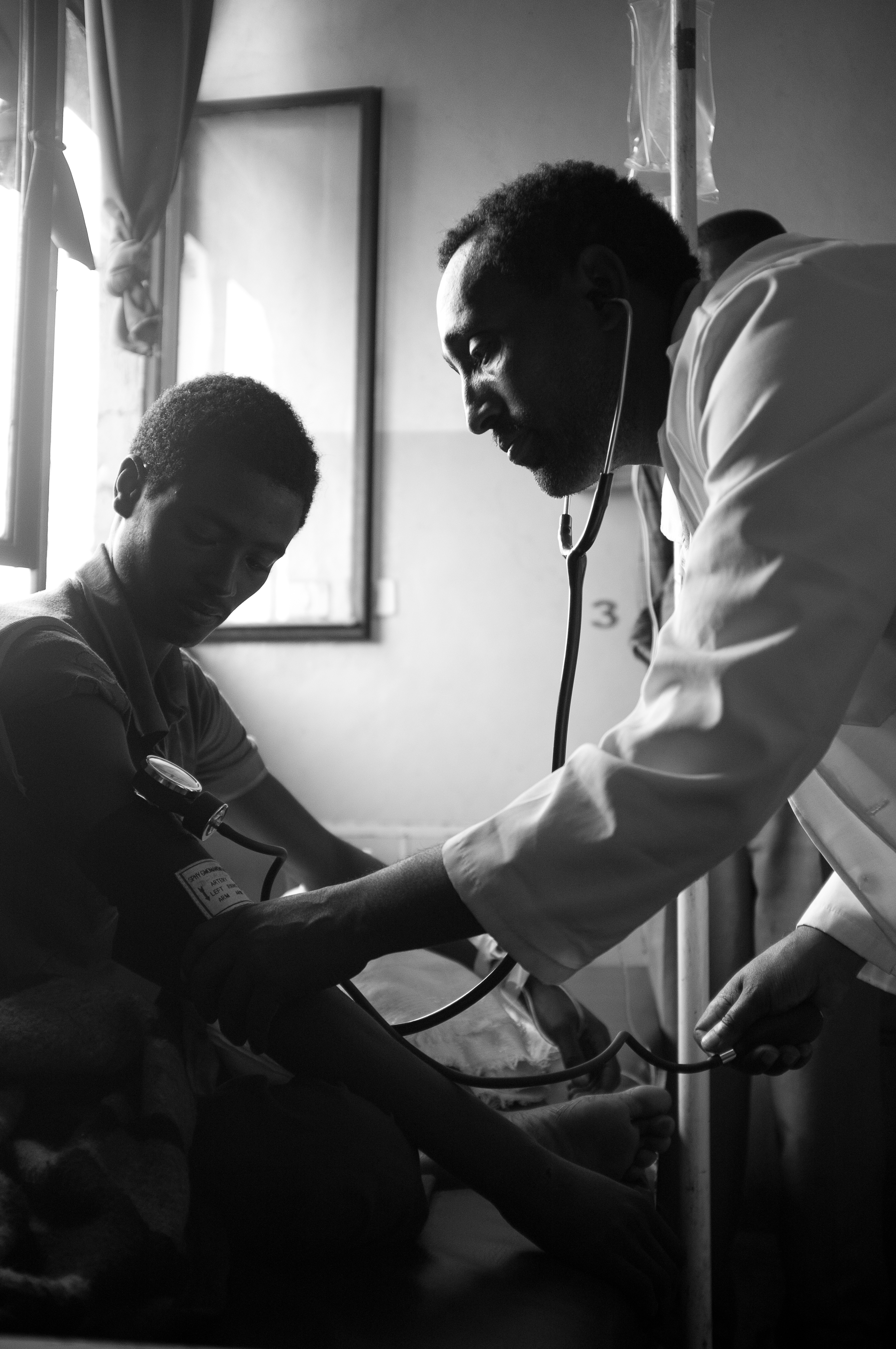
There was a patient just diagnosed with cutaneous tuberculosis. He was destitute and his home was many hours’ walk from our health center. From past experience, we know that patients like him usually do not complete their course of treatment. They have mouths to feed and land to farm. Health guidelines do not allow patients to take medicine home with them, and the daily distance is just too far to walk every day. Because the risk of disease transmission is so great if TB is not treated, we find a place to stay for these patients and provide them with daily meals for the first month of treatment. Without a program like ours, TB continues to spread through these communities.
There was a young mother who had developed some sort of paralysis from the waist down. We referred her to the Missionaries of Charity for further tests. She asked us to keep her 2 year-old for her, and we agreed to temporarily care for him in our children’s home until she could return to Chiri. There was no one else to take in the child.
Yes, we are saving lives daily, but we couldn’t do any of it without you, our donors.
Staying Healthy
The old adage “prevention is the best medicine” is certainly true. Our public health teams teach how to prevent disease, an even more powerful gift than curing it. Likewise, Lalmba’s health is maintained through wise spending plans and fundraising goals. Since 2007, however, donations have declined, and we have been operating at a deficit, spending from reserves, hoping that donations will improve. But things haven’t improved, and so to protect the health of Lalmba for future generations, we had to make some difficult budget cuts this year, reducing the scope of some of our work. So far, we have been able to maintain the mission-critical aspects of our programs.
As a nonprofit, we are not alone in this struggle. Many organizations are feeling the effects of a worldwide decline in charitable giving. But we’re used to challenges, and our resolve for this mission is as strong as ever.
We just need to find more people like you, people with generous hearts.
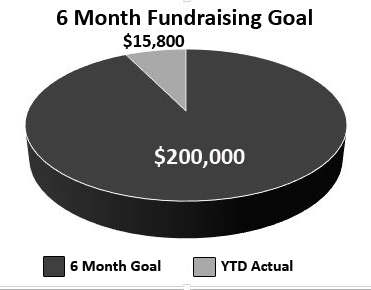 How can you help? Maybe you could increase your donations this year. Perhaps you could talk about Lalmba to your friends and family. Maybe you belong to a group that is looking for speakers. You could invite us to come and talk about the work of Lalmba. We promise to not only be informative, but also entertaining. (Hillary is learning to juggle, and I’ve got a couple of “knock-knock” jokes up my sleeve!)?
How can you help? Maybe you could increase your donations this year. Perhaps you could talk about Lalmba to your friends and family. Maybe you belong to a group that is looking for speakers. You could invite us to come and talk about the work of Lalmba. We promise to not only be informative, but also entertaining. (Hillary is learning to juggle, and I’ve got a couple of “knock-knock” jokes up my sleeve!)?
Or maybe . . . you have a different idea?
The bottom line is, we all love Lalmba because of the work Lalmba does for the poor who have nowhere else to go. And we all want to see this work continue. But for that to happen we need to be creative. We need to be bold enough to ask for help when we need it, and now is that time.
Our goal is to raise $200,000 by July 1 in order not to make additional program cuts this year. It’s a tall order, but we’re praying that with your help, Lalmba can thrive for another 50 years.
God bless you and God bless Lalmba.
 Don’t forget . . . Tembea Na Mimi.
Don’t forget . . . Tembea Na Mimi.
Walk across Kenya happens the first two weeks in August. We’re still looking for a couple more people to walk across the RiftValley with us. Call or email me if your feet were made for walking!
Trade Your Car in for an Ambulance
 Lalmba has partnered with Cars for Charity, a nonprofit that takes old cars and turns them into cash for the charity of your choice. If you have an old car, please contact Cars for Charity and let them know that you have a car donation for Lalmba Association. Lalmba has partnered with Cars for Charity, a nonprofit that takes old cars and turns them into cash for the charity of your choice. If you have an old car, please contact Cars for Charity and let them know that you have a car donation for Lalmba Association.
Website: http://www.carsforcharity.net/Phone Number: 303-853-4483 |
AmazonSmile: You shop. Amazon gives.


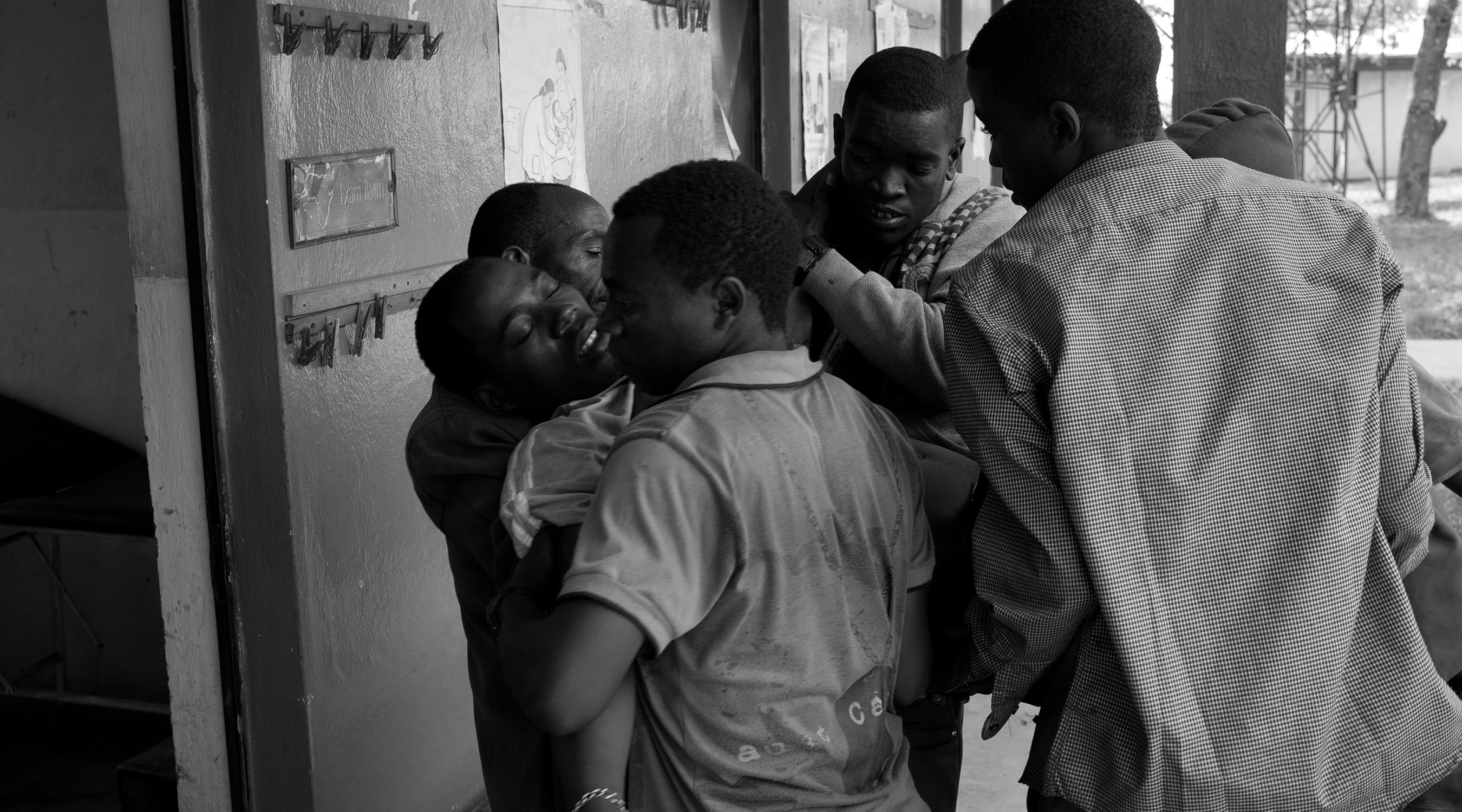

 Next time you’re shopping on Amazon, choose AmazonSmile and then choose Lalmba Association as your charity of choice. Amazon makes the donation, not you.
Next time you’re shopping on Amazon, choose AmazonSmile and then choose Lalmba Association as your charity of choice. Amazon makes the donation, not you. 